
From Crisis to Consciousness: Reclaiming the Soul of Healing
For centuries, medicine was guided by a holistic understanding of the human body, mind spirit; a recognition that health is not merely the absence of disease, but a state of dynamic balance. Traditional healing systems across cultures acknowledged this interconnectedness, focusing on the terrain of the body rather than simply eradicating disease symptoms.
But something changed. Western medicine, which initially sought to heal, became increasingly reductionist, mechanical pharmaceutically-driven. It evolved into a system that views the body as a machine, the mind as secondary the soul as irrelevant. Today, that system is in crisis the symptoms of its impending collapse are all around us.
So how did we get here? To understand why Western medicine is collapsing we need to understand the key stages in the development of the allopathic system we see today.
The History of Medicine
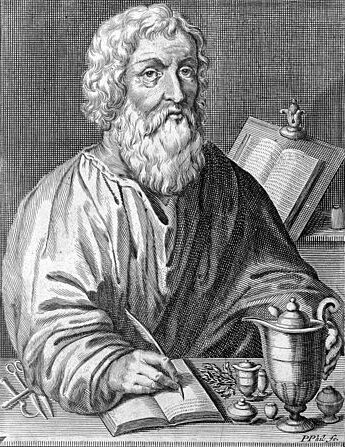
Ancient medicine
Holistic beginnings from 3000 BCE. Ancient Egyptian, Mesopotamian Ayurvedic traditions laid the groundwork for medical practice, often blending spiritual and physical healing. The Greeks notably Hippocrates formalised medicine as a profession, emphasising humoral theory; the balance of bodily fluids (blood, phlegm, black bile yellow bile) as esseEdit Postntial for health. Medicine was holistic and bedside-focused, stressing observation, the patient’s history the body’s natural healing abilities.
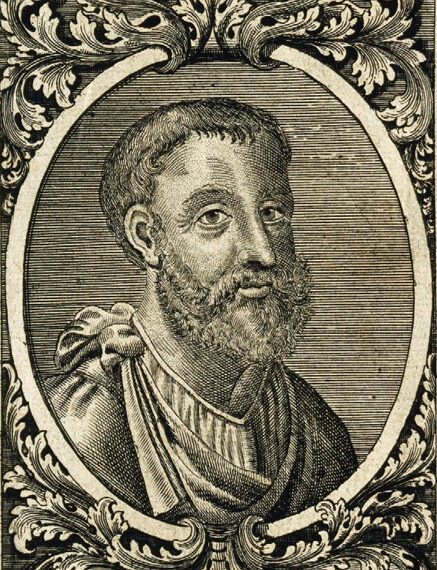
Roman and medieval periods
Integrating philosophy and healing from 1st century. Galen further developed Hippocratic medicine but introduced a more anatomical and mechanistic approach. After the fall of Rome, Islamic medicine preserved and expanded the Greek teachings, introducing systematic pharmacology. In Medieval Europe, medicine was controlled largely by monastic institutions often incorporating religious healing methods.
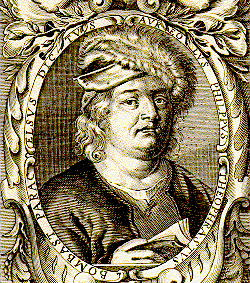
The renaissance and scientific revolution
Rise of empiricism from 15th century. The dissection of cadavers transformed anatomical knowledge. Paracelsus challenged humoral theory, advocating chemical remedies over balancing bodily fluids. The scientific method promoted by Francis Bacon and Galileo relied upon empirical observation and reductionism, setting the stage for experimental medicine.
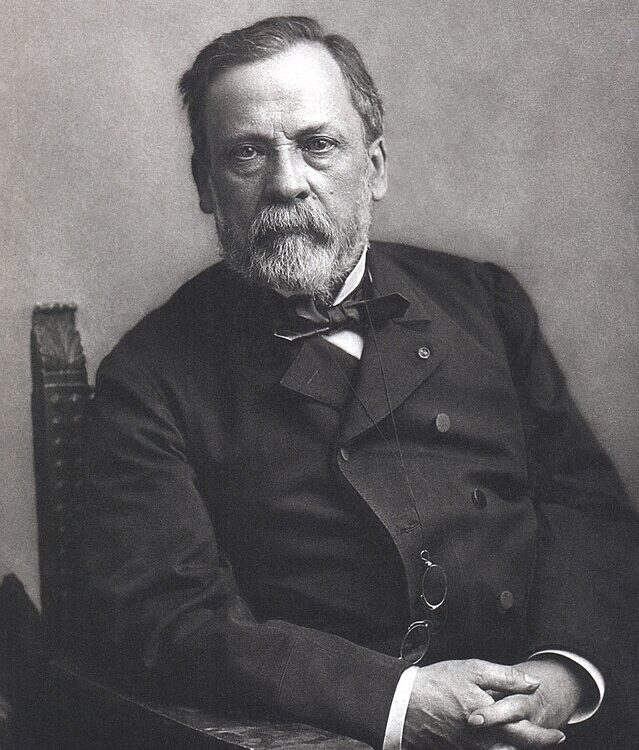
Separation of physicians and surgeons, germ theory pathology from 18th century
Surgeons, who were previously seen as manual labourers gained prestige and were integrated into medical institutions. The Germ theory of Louis Pasteur and Robert Koch replaced miasma theory, emphasising microbes as the cause of disease. Rudolf Virchow introduced cellular pathology, shifting the focus from systemic imbalances to disease at a microscopic level. The development of anaesthesia and antiseptic techniques allowed for safer surgeries, increasing the role of interventionist medicine.
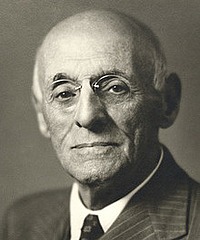
Standardisation and the Flexner Report from 20th century.
Following the publication of the Flexner Report in 1910 the American Medical Association systematically eliminated medical schools that taught holistic, herbal alternative modalities. It standardised medical education based on biomedical science, pharmaceuticals and hospital-based training. This solidified the dominance of allopathic medicine, aligning medical schools with pharmaceutical and industrial interests.
Expansion of biomedical technology from 1940s
Antibiotics revolutionised infection control. Advancements in imaging (X-rays, CT and MRIs scans) enabled precise diagnoses, reinforcing reductionist perspectives. Medicine became increasingly specialised, shifting from general practitioners to specialists and sub-specialists in cardiology, oncology, neurology, etc. The pharmaceutical industry expanded, leading to concerns about corporate influence on healthcare. Genetics and molecular biology further pushed medicine toward reductionism, focusing on disease at the DNA and cellular levels.
